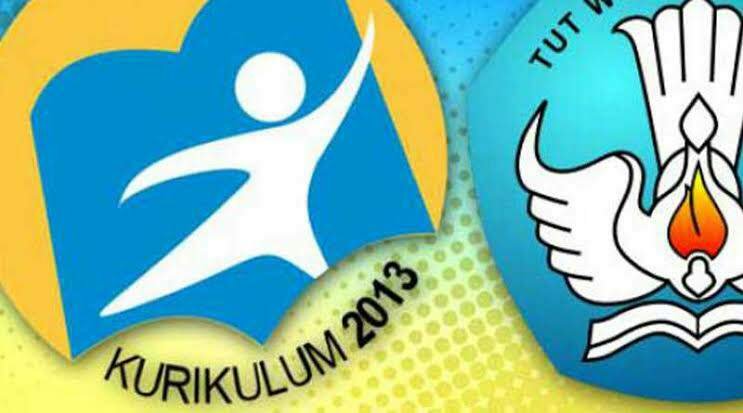The government, through the Director General of Primary Education, Hamid Muhammad, has announced that in the 2018/19 school year all schools are required to apply K13. On the same occasion, the Director General of Elementary and Secondary Education also confirmed that there were 3 things expected from this K13 output, namely:
- PPK through Intra, Ko and Extra Curricular
- Culture Literacy with the target of students being able to read 4-5 books per year.
- HOTS namely understanding, application and reasoning.
Furthermore, with K13 it is expected that PBM (The Process of learning teaching) in the class can activate students and not only memorize but can develop 21st Century Skills, namely: Creative, Critical, Communicative and Collaborative.
here are strategies that might help teachers implement K2013.
- KDP: hierarchical application, namely:
A. Character Students: with the integration of character values in each subject and composing Character-Based Questions with the goal of developing a balanced Performance Character and Moral Character. There are several simple strategies that can be seen in the attached slide.
B. Character Class: formed from a group of Character Students. There are 4 simple strategies that can be seen in the attached slide
C. Character Class: formed from a group of Character Classes. There are 4 simple strategies that can be seen in the attached slide.
- Culture of Literacy: Literacy will become a culture if students have reading skills that can motivate them. Without skills, how can the teacher be able to
encourage students to read 4-5 books per year. There are at least 4 basic reading skills needed by a student, namely:
A. Key Words Marking: skills to mark key words from learning material that is being read. Keywords are words that have meaning or meaning, generally consisting of nouns, work, properties and information.
B. Back Browsing: the skill to find preliminary clues about important information that needs to be searched when reading what is contained in the "summary and / or questions" in the back of each chapter. Skills are very important so that the reading process can have a clear direction and focus.
C. Skimming: the skill to search for the essence or general description of learning material without needing to read it all.
D. Scanning: the skill to find specific and specific information according to the needs of the reader.
- HOTS: can be developed through 4 pillars of Thinking Skills abbreviated as OACC. Very unlikely students can have HOTS without building the foundation for these 4 pillars. There is no instant way, it must be step by step with various exercises. The following is a brief explanation of OACC, namely:
A. Organized Thinking: the skill to find similarities, find differences and then compare and then "classify and sort" all information obtained from learning resources.
B. Analitycal Thinking: the skill to analyze part by piece of information that has been grouped and sorted. Next look for "relations between groups" and analyze the order pattern.
C. Creative Thinking: the skills to develop new ideas through creative activities "join, reverse, delete, exchange, play and unravel" from things that already exist.
D. Critical Thinking: the skill to evaluate ideas developed by considering the critical factors "consequences, assumptions, main ideas, presuppositions, examples and their relevance".
Hopefully it can make a small contribution to Principals and Teachers in the 2013 Curriculum Implementation.
Source of image:
Https://smp.labschool.upi.edu

Posted using Partiko Android